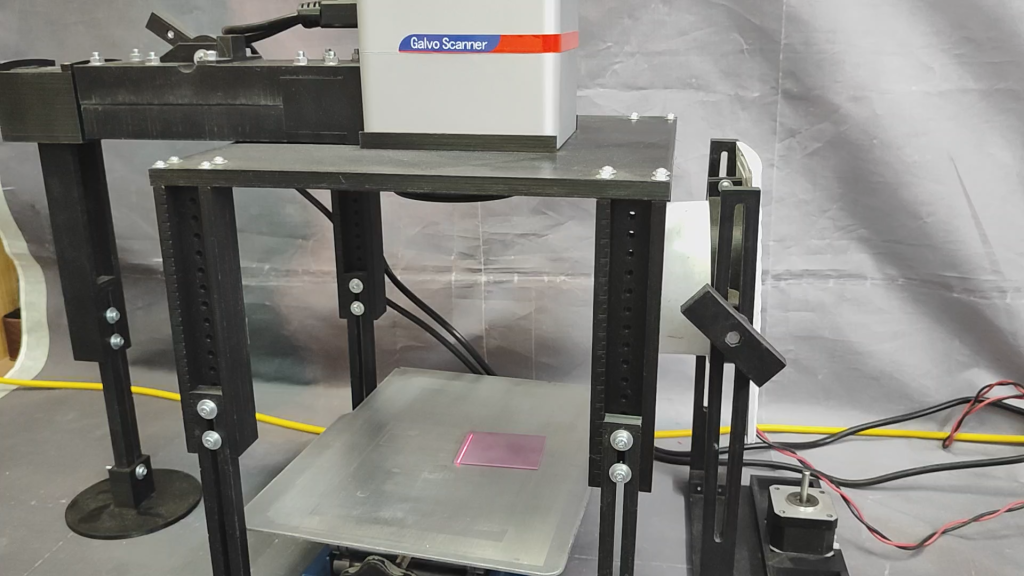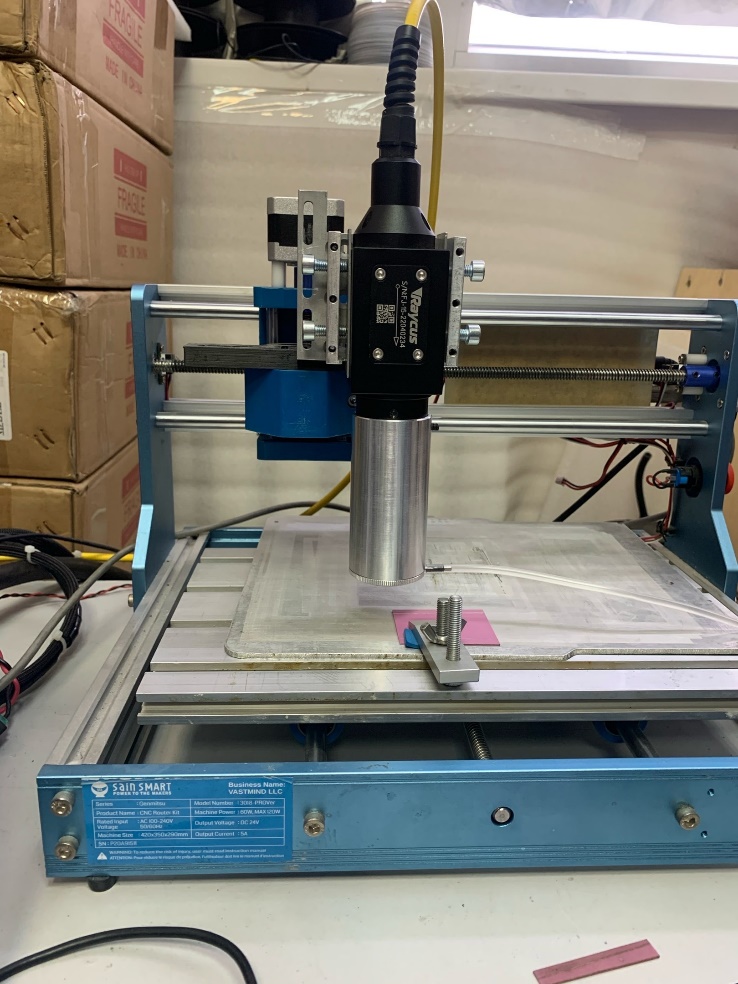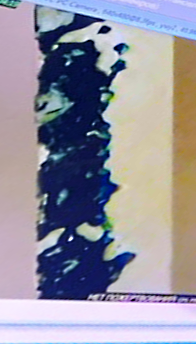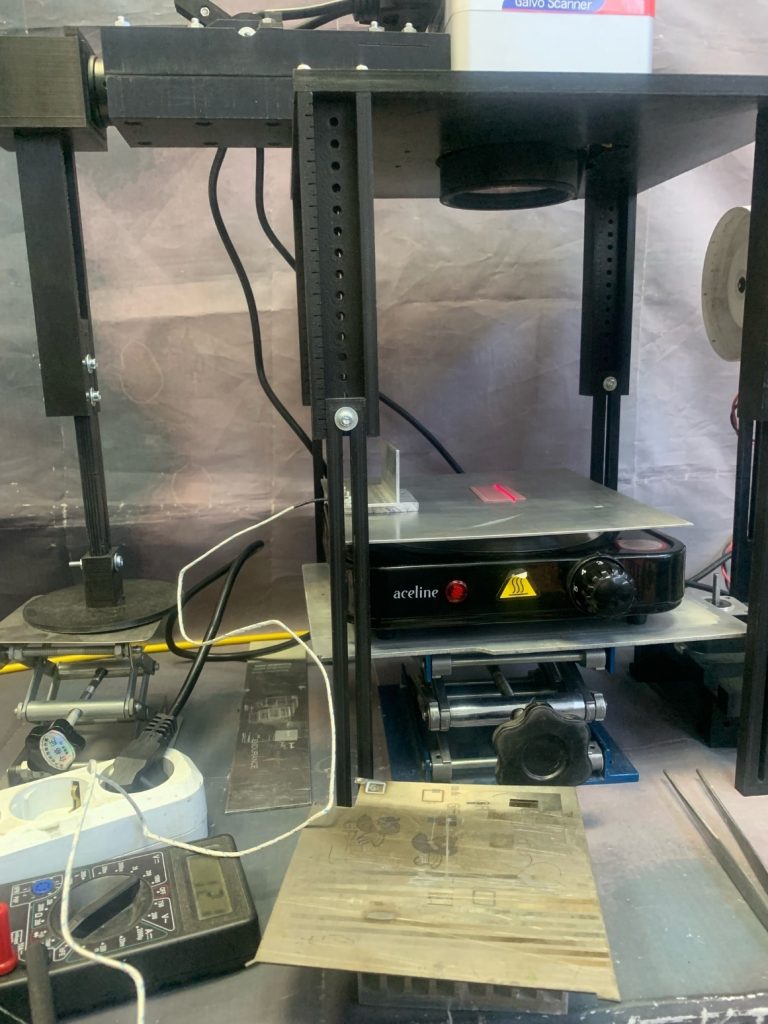Laser scribing of ceramics with the Endurance lasers – a detailed guidebook
Our task: selection of optimal parameters for an ideal cut at the place of scribing of ceramic tiles for further work with it
Scribing was done using a 50W imported Endurance laser lasers Raycus with 1064 nm long wavelength installed in Galvo Scanner a RC1001 with conventional 100mm by 100mm open field Theta lens, Galvo max speed Scanner a 8000 mm / s, a cooler is used to blow off combustion products. A computer is used for control.

Let’s experiment with 4 sets of ceramic tiles: white tiles 0.5mm thick, white tiles 1mm thick, pink tiles 1mm thick and yellow tiles 1mm thick. The dimensions of the ceramic tiles were 10 cm by 6 cm.
Previously, we considered the variant of sharp gases in an active medium.
We decided to improve the results of the experiment by using the inert gas CO2 during the cutting process. The fact is that in this case absorption occurs: cooling and removal of combustion products in the process of scribing , and also due to the fact that the inert gas will absorb the oxidation process in the pool, because. “torch”, which is formed by a laser pulse incl. mirror marks on the surface of the material.
Thr Endurance CNC 3018 laser engraving / cutting machine / carving machine
When assembling a 50W 1064 nm fiber laser mounted on a 3018 CNC machine with a short focus lens, we did not get an improvement in the ceramic scribing process. For a more efficient process, we supplied compressed gas during the scribing process. When alternating the expected (95-100%) and maximum power (5%) laser on the 3018 CNC machine, no improvement in results was observed.

The decision was made to heat the tile to a temperature of 170 ° C. Observation of the use of research, temperature measurement using a thermocouple. No improvement in results was observed.
We encountered a problem when scrubbing a yellow tile with a thickness of 1 mm. On any parameters, it starts to turn black very much. At a cut of 50%, the tile breaks heavily. The photo below was taken at the following settings: speed 35 mm/s , number of repetitions 35 times, power 90% and frequency 100 kHz.

There was a problem when scrubbing a white tile with a thickness of 1 mm. With parameters that begin to break when tile, the tile begins to break not exactly at the cut point, but not soon.

White tiles (ceramics) 0.5 mm thick, if you set the speed to 75 mm / s , the number of times 20, the power is 95% and the frequency is 60 kHz, it darkens very much over the entire cut area. The cut width is 35% of the cross-sectional area, but the edges are even and practically without melting .
The optimal parameters for white tiles (ceramics) with a thickness of 0.5 mm are speed at 220 mm / s , the number of times is 15, the power is 83% and the frequency is 50 kHz. The color is slightly darker and the section is approximately 35% of the sectional area, the edges will be smooth with visible melting. The tile at the scrubbing site breaks easily along the cut.

The optimal parameters for a pink tile (ceramic) with a thickness of 1 mm are speed at 20 mm / s , the number of times is 10, the power is 90% and the frequency is 70 kHz. The incision is approximately 50%. The ceramic turned white over the entire area of the cut, the edges were slightly melted and there was a black stripe at the end of the cut. The tile at the scrubbing site breaks easily along the cut.
The best results were obtained when registering Galvo Scanner. The use of Co2 gas is insignificant but still improves the result.
There is a tile that begins to turn black at any parameters, and sometimes it doesn’t even break much. When alternating the expected and quantitative laser power, no increased result was observed (i.e., a change in power from 100% to 5-10%). This process was effective before in the laser cutting of metal. combustion products are removed).



